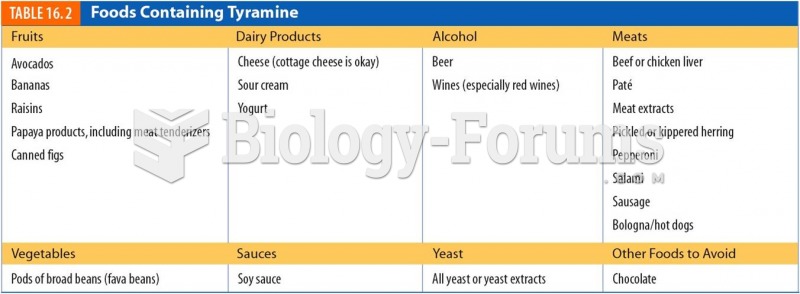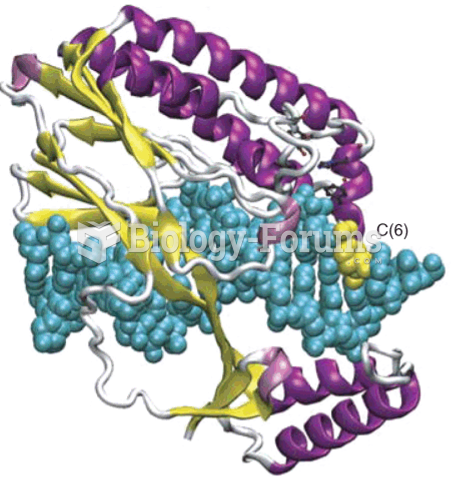Answer to Question 1
A high-quality protein contains all the essential amino acids in relatively the same amounts and proportions that human beings require; it may or may not contain all the nonessential amino acids. Proteins that are low in an essential amino acid cannot, by themselves, support protein synthesis. Generally, foods derived from animals (meat, seafood, poultry, eggs, and milk and milk products) provide high-quality proteins, although gelatin is an exception. Gelatin lacks tryptophan and cannot support growth and health as a diet's sole protein. Proteins from plants (vegetables, nuts, seeds, grains, and legumes) have more diverse amino acid patterns and tend to be limiting in one or more essential amino acids. Some plant proteins are notoriously low quality (for example, corn protein). A few others are high quality (for example, soy protein).
Answer to Question 2
The sequence of amino acids in each protein determines its shape, which supports a specific function. An error in the amino acid sequence results in an altered proteinsometimes with dramatic consequences. The protein hemoglobin offers one example of such a genetic variation. In a person with sickle-cell anemia, two of hemoglobin's four polypeptide chains have the normal sequence of amino acids, but the other two chains do notthey have the amino acid valine in a position that is normally occupied by glutamic acid. This single alteration in the amino acid sequence changes the characteristics and shape of hemoglobin so much that it loses its ability to carry oxygen effectively. The red blood cells filled with this abnormal hemoglobin stiffen into elongated sickle, or crescent, shapes instead of maintaining their normal pliable disc shapehence the name, sickle-cell anemia. Sickle-cell anemia raises energy needs, causes many medical problems, and can be fatal. Caring for people with sickle-cell anemia includes diligent attention to factors such as infection, stress, and dehydration, all of which can trigger a crisis.







